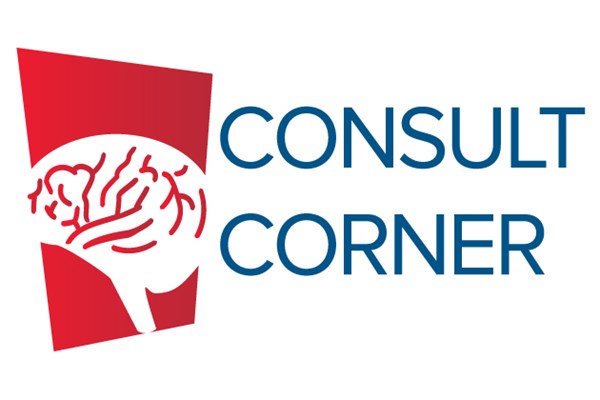When you have a patient with a neurosurgical emergency, time is precious. Colin Przybylowski, MD, of the Barrow Neurological Institute offers insight on how to present an efficient, effective consult.
What basic work-up would you like completed prior to placing a consult?
In general, a pertinent neurologic exam with pertinent imaging. Basic labs and coagulation studies are useful but don't need to hold up a consult. Imaging will vary based on the pathology at hand, but you typically can't go wrong by starting with a head CT. If the history or presentation is suggestive of a tumor or infection, an MRI with and without contrast is the study of choice. For vascular pathology of the head and neck, CTAs are often faster to obtain and better quality studies than MRAs, although this may be institution dependent. ESR, CRP, and procalcitonin are helpful for an osteomyelitis/discitis workup.
What do you consider to be urgent or emergent consultations?
There are several obvious ones: intracranial hemorrhage (epidural, subdural, intraparenchymal, subarachnoid), severe traumatic brain injury with low GCS, cauda equina syndrome, and spinal cord injury.
Here are 2 less common ones to keep in mind:
- Shunt failure — A basic shunt workup includes a head CT and an X-ray shunt series. In addition to clinical suspicion, an increase in ventricular size compared to previous head CTs is concerning for shunt failure. Be especially cautious with patients shunted for congenital hydrocephalus, as their ventricles do not always increase in size with shunt failure, and they can decline rapidly. Pseudotumor cerebri shunts are only of concern if the patient is truly losing vision rapidly. NPH shunts are never an emergency, unless there is suspicion for infection.
- Central cord syndrome — Patients with severe cervical stenosis can develop central cord syndrome after trauma, even after something minor like a ground-level fall. Look for distal > proximal upper extremity weakness as well as severe hyperesthesias (pain in the hands, even with light touch). This clinical picture will warrant an MRI of the cervical spine. This is a spinal cord injury by nature, and surgical decompression is often required within 24 hours.
Top 3 ED pet peeves?
- Overuse of spine MRIs — patients who present with back or neck pain (axial pain and/or radiculopathy) with no other concerning signs or symptoms do not warrant an MRI (or neurosurgical consult if the workup is negative) in the ED. This is an outpatient workup.
- Calling a consult without performing a neurologic exam, especially for patients with intracranial hemorrhage who are subsequently intubated and sedated.
- Not knowing or relaying the patient's pertinent medical history (when it is possible to obtain it) — this is mainly in regard to anticoagulation or antiplatelet medication, which may need to be reversed in emergency settings. Neurosurgeons will want to be told about medical comorbidities that will influence the timing of operative clearance, such as severe heart failure, history of DVT/PE, renal failure, etc.
Other pearls for emergency medicine residents?
Really try to nail down your GCS score and make a habit of communicating it to your neurosurgery consultant, particularly in the setting of trauma and/or intracranial hemorrhage. It is fairly straightforward and allows the neurosurgery consultant to triage the patient. GCS is one of the main factors that help determine whether intervention is indicated in these situations.
For example, “I have a 47-year-old female with no major past medical history who presented with the worst headache of her life. She was initially wide awake and neurologically intact, but then declined, requiring intubation. Head CT shows a diffuse subarachnoid hemorrhage. Her GCS is currently E2M5VT, localizing in her left upper and withdrawing in her right upper. Platelets and coags are normal.” This paints a clear picture of the patient in the neurosurgeon's head and gives him/her the ability to know the exact order of what steps need to be taken next before even seeing the patient.
Here are two situations when medications for certain new diagnoses do not necessarily need to be given reflexively in the ED:
- When a new brain tumor is diagnosed in the ED, dexamethasone does not need to be given immediately for cerebral edema. If the patient is declining or if there is any doubt (large tumor burden, large amount of edema), it is always fine to give it. Otherwise, you can wait to ask the neurosurgery consultant if s/he wants it given. This is because dexamethasone interferes with the ability to diagnose lymphoma from biopsy specimens, which is often on the differential diagnosis for intracranial lesions.
- When osteomyelitis/discitis is first diagnosed, antibiotics do not need to be given immediately if the patient does not appear sick. Ideally, blood cultures and tissue cultures (either from open surgery or CT-guided biopsies) are obtained prior to initiation of antibiotics. Of course, if there is any question, we will not fault you for giving antibiotics.



